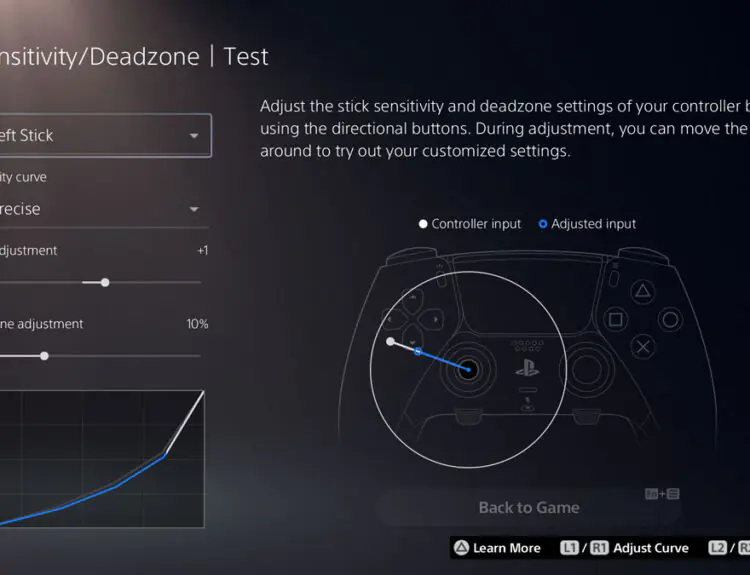The release of PCI Express 4.0 on users’ systems has initiated the emergence of a number of blazing-fast SSDs with powerful performance. This beastly solid-state drives can execute a sequential read of up to 5,000MB/s, which is about nine times quicker than the SATA-based solid-state drives that have the fastest speed. Still, all of these drives are but a wayfarer when compared to the brand new add-in-card (AIC) solution produced by Gigabyte, the infamous computer hardware distributor company.
The upcoming AIC called Aorus Gen4 has initially been introduced a couple of months ago at the Computex. This forthcoming card solution features four high-speed NVMe solid-state drives, each of which has a storage capacity of up to 2TB, and is put together in an array of RAID 0.
According to the manufacturer, Gigabyte, this monstrous card solution is so powerful that it can even deliver up to 15,000MB/s for the sequential writes and reads. However, the company does not guarantee that such performance will be achieved in all situations, as the figures are derived only from its internal testing.
The company may have rounded up the figures. During the testing back at Computex, the storage drive reach up to 16,184MB/s for sequential reads while it can read up to 15,376MB/s.
Similar to any other SSD with PCIe 4.0 that existed to date, the new AIC is equipped with Phison’s controller, PS5016-E6.
Though this card solution seems invincible, especially when it comes to its ultra-fast speed, it does comes with a few limitations. In order to hit such a high speed, the drive needs to incorporate PCI 4.0, which is only found in products by AMD.
Another limitation of the drive has something to do with thermal check and cooling. Since the card solutions deliver such high-speed performance, maintaining the speed for a significant amount of time would need proper monitoring of the drive’s thermal condition. The manufacturer stated that they manage this issue by unifying the smart active cooling with passive cooling.
The company further explained the mechanism involves in the cooling process, which uses an all-copper heatsink to transfer heat and a blower fan to facilitate the removal of heat faster. Both of these methods help maintain the SSD’s crazy-fast speed while avoiding thermal throttling on the drive.
Considering the ultra-fast speed of the SSDs, it would be fair to say that this kind of speed is not suited for gaming. Even though the manufacturer seems to create this solution for avid consumers, perhaps it is more suitable for workstation settings.
As of now, the product’s landing page has been created, but the manufacturer has yet to officially announced the product’s release date or cost.





